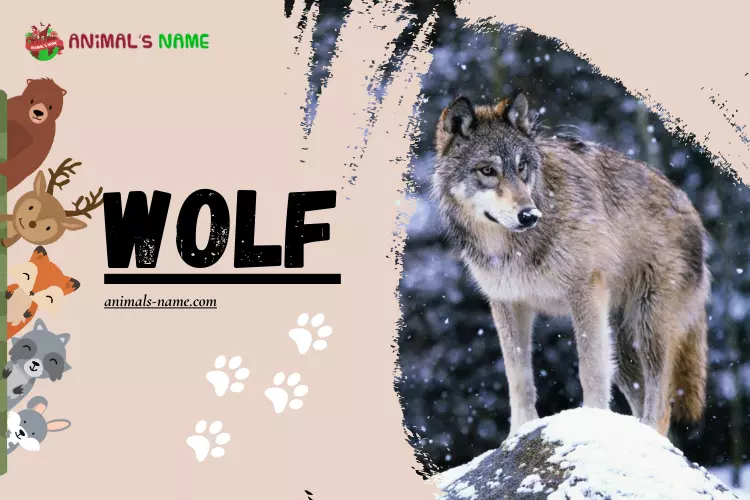Welcome to our blog post on the majestic animal known as the wolf. Wolves are fascinating creatures that have captured mankind’s imagination for centuries. This post will delve into these incredible animals‘ history, facts, size, habitat, and classification.
Wolves have a rich history that dates back thousands of years. They have been a part of numerous mythologies and folklore, often portrayed as symbols of strength and loyalty. These creatures have also played essential roles in various ecosystems, helping to maintain a balance by regulating prey populations.
There are plenty of facts about wolves to discover. For instance, did you know that wolves are brilliant and social animals? They live in packs like tight-knit families led by an alpha pair. Wolves also have a keen sense of smell and remarkable hearing abilities that help them survive in their natural habitats.
In terms of size, wolves are generally larger than most domestic dogs. They can range in length from around 3 to 6.5 feet and weigh anywhere between 40 to 175 pounds, depending on their subspecies and geographical region. Wolves are known for their muscular bodies, sharp teeth, and bushy tails.
Wolves can be found in various habitats across the globe, including forests, tundras, and grasslands. They are adaptable animals, capable of surviving in diverse climates and landscapes. As apex predators, they play a crucial role in the food chain and contribute to maintaining the health of the ecosystems they inhabit.
In classification, wolves belong to the animal kingdom, phylum Chordata, class Mammalia, order Carnivora and family Canidae. Several subspecies of wolves, such as the grey wolf, red wolf, and Arctic wolf, each with distinct characteristics.
Now that you have a brief overview of the wolf’s history, facts, size, habitat, and classification, we hope you’re eager to explore more about this magnificent creature. Stay tuned for our upcoming posts, where we will delve deeper into the intriguing world of animals, uncovering remarkable facts about their lives and habitats.
History of Wolf

Wolves have a long and fascinating history, dating back thousands of years. These majestic creatures are believed to be among the earliest animals to be domesticated by humans, with the process beginning nearly 15,000 years ago. Early humans recognized wolves’ intelligence and loyalty and decided to partner with them.
In ancient times, wolves were crucial in different cultures and mythologies. They were often associated with strength, courage, and the wildness of nature. Many civilizations, such as the Greeks and Romans, believed that wolves possessed supernatural powers and had connections to gods and goddesses.
However, as civilizations developed and human populations grew, conflicts between wolves and humans also arose. These tensions led to the persecution of wolves and their eventual decline in numbers. They were seen as threats to livestock and were often hunted or poisoned. In many parts of the world, wolves were even considered pests, leading to their extermination in certain regions.
Thankfully, in recent years, attitudes towards wolves have changed. People have come to recognize the importance of these apex predators in maintaining a balanced ecosystem. Efforts have been made to protect and conserve wolf populations, allowing them to thrive in specific regions. Today, wolves can be found in various parts of the world, including North America, Europe, and Asia.
Wolves have a rich and complex history. They have been both revered and feared by humans throughout the ages. By understanding and appreciating the significance of wolves in our ecosystem, we can ensure their survival for future generations.
Importance of Wolf
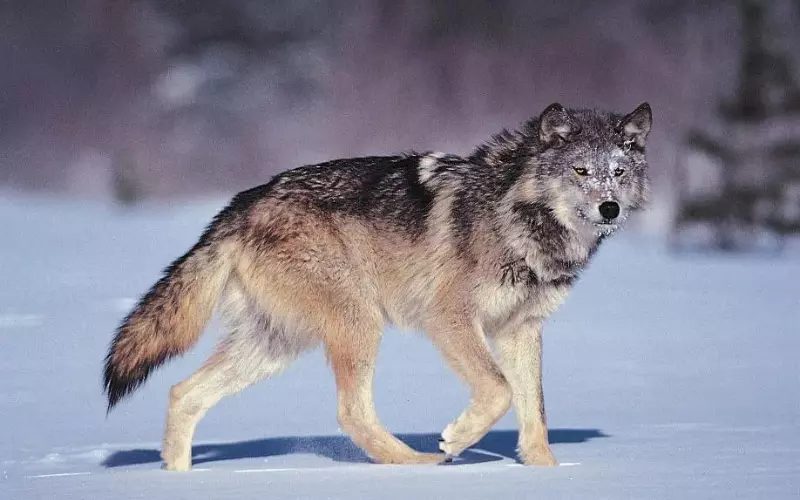
Wolves are essential creatures that play a big role in the English language. They are often used as symbols in stories, books, and poems. These symbols represent different things, such as strength, power, and wilderness. Understanding the role of wolves in language is essential as it helps us comprehend the hidden meaning behind the words we read and hear.
Firstly, wolves symbolize strength in many tales and writings. They are known to be fierce hunters and work together in packs. This strength is often associated with bravery and courage. For example, when we say someone “has the heart of a wolf,” we mean they have a strong and brave personality. Understanding these symbols, we can better understand the meaning and emotions conveyed in literature and poetry.
Secondly, wolves also embody power and leadership. In stories, the alpha wolf is the pack’s leader, making important decisions for the group. The idea of the alpha wolf is often used to represent someone who is in charge and has authority. When we say someone is “the leader of the pack,” we refer to their influential role, just like the alpha wolf. Recognizing these symbols allows us to grasp the hierarchy and dynamics within a group or organization.
Lastly, wolves represent the wild and untamed nature. They are creatures of the wilderness, roaming freely in the forests. Sometimes, this symbolism implies freedom and independence. For instance, when someone is described as having a “wild spirit like a wolf,” they have a free and untamed personality. Understanding these references helps us visualise and appreciate nature’s beauty and the human spirit.
The importance of wolves in English cannot be overlooked. They symbolize strength, power, and wilderness. These symbols enhance our understanding of various texts and allow us to connect with the underlying meanings and emotions. Learning about wolves and their significance can deepen our appreciation for language and stories, fulfilling our reading experiences.
Amazing Facts About Wolf
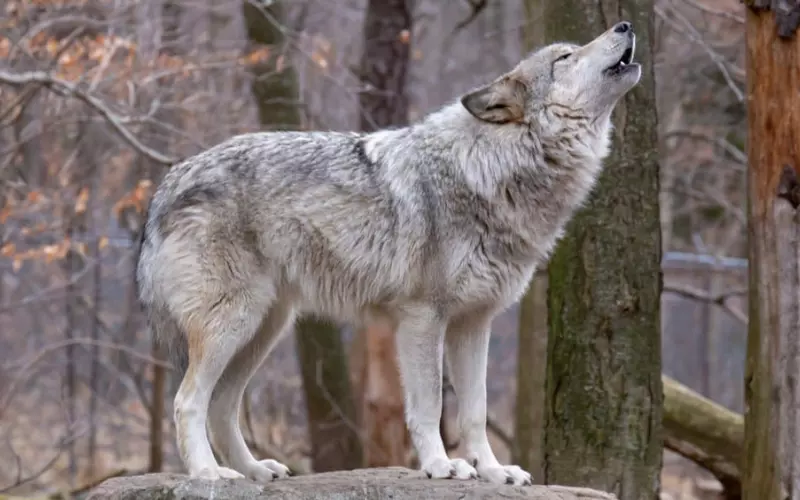
1. Wolves are large, carnivorous mammals belonging to the canine family.
2. They are native to North America, Europe, Asia, and parts of Africa.
3. The average lifespan of a wolf is around 6 to 8 years in the wild, but they can live up to 12-15 years in captivity.
4. Wolves are highly social animals that live in packs. A pack typically consists of 6-10 individuals but can sometimes have as many as 30 members.
5. An alpha pair, the dominant male and female wolves, lead the pack.
6. Wolves communicate through vocalizations, body language, and scent marking. They use howls to communicate with other pack members over long distances.
7. These animals are skilled hunters and have a diverse diet, which includes ungulates like deer, moose, elk, and musk oxen, as well as smaller mammals like rodents and hares.
8. Wolves have strong jaws and sharp teeth designed for tearing and chewing meat.
9. They have exceptional senses, particularly their sense of smell and hearing, which help them locate prey and communicate with other pack members.
10. Wolves are known for their remarkable teamwork during hunts. They often work together to isolate and overpower prey much more significantly than themselves.
11. Despite their ferocious reputation, wolves are generally shy and will try to avoid contact with humans. However, they may become more aggressive if they feel threatened or are defending their territory or young.
12. The North American grey wolf is the most prominent wolf species, with males weighing up to 175 pounds and measuring up to 6.6 feet in length.
13. Wolves have a thick, double-layered fur coat that provides insulation and helps them withstand frigid temperatures.
14. Unlike most other canines, Wolves have a unique feature called a dewclaw. It is a small, vestigial toe located slightly higher on their forelegs.
15. Wolves are essential in maintaining healthy ecosystems as apex predators. They help control populations of herbivores, which in turn affects vegetation and other animal species.
Can we keep a Wolf as our Pet?

Keeping a wolf as a pet is not a good idea. Wolves are wild animals and need to live in their natural habitat. They have special needs that are difficult to meet in a home setting. Wolves are genetically different from dogs, making it challenging to care for them as pets properly.
Firstly, wolves have different needs compared to domesticated dogs. They require a large space to roam freely, usually several miles daily. These animals have strong instincts that drive them to hunt and explore. In a home, it is almost impossible to provide them with the appropriate environment they require. It can be distressing for a wolf to be confined and unable to fulfil its natural behaviours.
Furthermore, wolves are not domesticated animals like dogs. Dogs have been bred selectively for generations to live with humans and have adapted to be suitable pets. Wolves, on the other hand, are wild animals and have not undergone this selective breeding process. They have strong instincts and behaviours that are not easily manageable in a home environment. This can lead to challenges in training and socializing a wolf, making them potentially dangerous as pets.
Wolves should not be kept as pets. They are wild animals with special needs and behaviours that are difficult to accommodate in a home setting. It is essential to respect wolves’ natural habitat and behaviour and leave them in the wild where they belong. Instead, we should appreciate and learn from these magnificent creatures from a safe and respectful distance, keeping them as a part of our natural world.
Size of Wolf
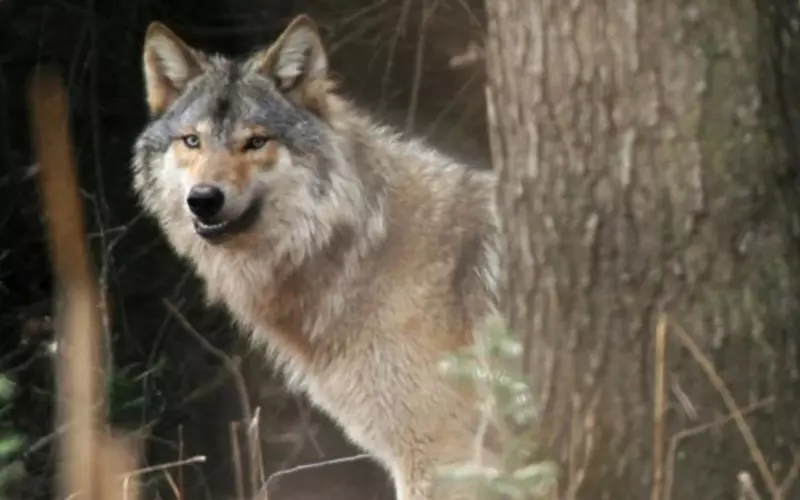
The wolf, or Canis lupus, is a majestic and powerful wild creature. These incredible animals vary in size depending on their geographical location and subspecies. On average, a fully grown wolf can measure between 2 to 6.5 feet in length, from the tip of its nose to the end of its tail. That’s about the height of a tall man! The height of a wolf, measured from the shoulder to the ground, can range between 2 to 3.5 feet, making them quite imposing creatures.
The weight of a wolf can also differ based on various factors, including their age, sex, and availability of prey. Typically, adult wolves weigh between 40 to 180 pounds. That’s as heavy as a large dog or even two fully grown men! Male wolves usually weigh more than females, with the average weight of a male wolf being around 85 pounds, while females weigh approximately 70 pounds.
Wolves have developed powerful bodies and limbs to aid them in hunting and surviving in their natural habitats. Their size allows them to take down large prey, such as deer or moose, by working together in coordinated packs. Their sheer strength and agility make them one of the most successful predators in the animal kingdom. However, it’s important to remember that while wolves are impressive in size and strength, they play a vital role in maintaining the balance of the ecosystem they live in.
Habitat of Wolf

Wolves are fascinating creatures that typically inhabit a variety of environments across the world. These highly adaptable animals can be found in different habitats, including forests, grasslands, tundra, mountains, and even deserts. Wolves are skilled at adjusting to their surroundings and can survive in cold and hot climates.
Forests provide an ideal home for wolves, offering plenty of cover and prey options. They can be found in various types of forests, such as coniferous or deciduous. The dense trees and undergrowth provide excellent camouflage, making it easier for wolves to hunt their prey and remain hidden from potential threats.
Grasslands are also suitable habitats for wolves. These flat, open areas allow them to observe their surroundings and spot potential prey from a distance. Wolves in grasslands often have to rely on their speed and endurance to chase down their prey, as there is less natural cover for them to hide. These habitats can be found in certain regions, such as the Great Plains in North America.
In addition to forests and grasslands, wolves have also inhabited mountainous regions. With their strong legs and large paws, they can navigate through rocky terrains and steep slopes. Mountains provide wolves with a diverse range of prey and offer secluded dens for shelter.
Wolves’ adaptability and ability to thrive in different habitats demonstrate their remarkable survival skills. Whether in forests, grasslands, or mountains, these impressive creatures continue to enchant and captivate us with their natural habitat choices and way of life.
Classification of Wolf

Wolves are fascinating creatures that are classified as members of the Canid family. They belong to the species known as Canis lupus, which includes several subspecies. The classification of wolves starts with the domain called Eukarya, which includes all living organisms with cells that contain a nucleus. Within this domain, wolves are classified under the Animalia kingdom, as they are multicellular organisms with specialized cells and tissues.
Wolves are classified under the phylum Chordata, including animals with a dorsal nerve cord. This species includes diverse creatures like fish, reptiles, birds, and mammals. Wolves then fall into the class known as Mammalia, as they are warm-blooded animals that produce milk to nurse their young. They give birth to live offspring rather than laying eggs.
Finally, wolves are classified under Carnivora, which includes meat-eating mammals such as dogs, cats, bears, and seals. Within the order Carnivora, wolves belong to the family Canidae, which also includes domestic dogs, foxes, and coyotes. Wolves are known for their strong jaws, sharp teeth, and powerful bodies, which make them excellent predators.
Wolves are classified as members of the Canid family, specifically under the species Canis lupus. They belong to the domain Eukarya, kingdom Animalia, phylum Chordata, class Mammalia and the order Carnivora. The classification of wolves helps us understand their place in the animal kingdom and highlights their similarities with other predatory species.
Different Types of Wolf
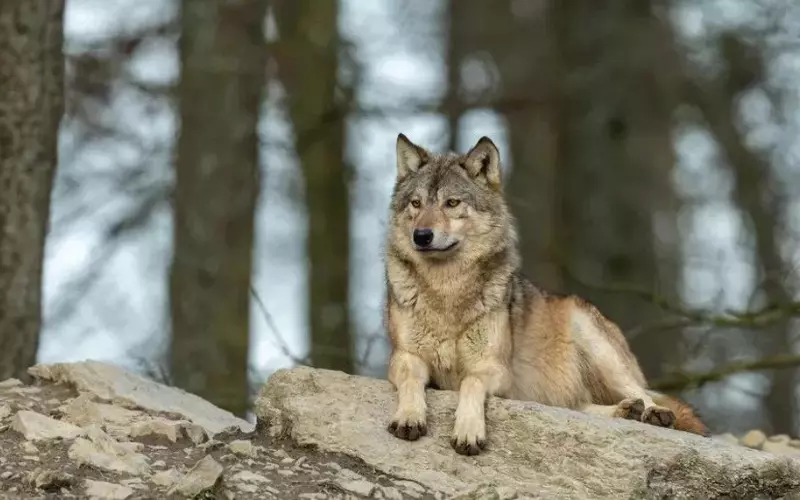
1. Gray Wolf: The most well-known and widespread wolf species in North America, Europe, and Asia. They have a strong pack structure, with a dominant alpha pair leading the group and hunting together for food. Grey wolves are highly adaptable and can survive in diverse habitats such as forests, tundras, and deserts.
2. Arctic Wolf: Native to the Arctic regions of North America and Greenland. They have a thick white coat that helps them camouflage in the snowy environment, providing insulation in extremely cold temperatures. Arctic wolves are skilled hunters and work together as a team to take down large prey like musk oxen and Arctic hares.
3. Red Wolf: Endemic to the southeastern United States. They are medium-sized wolves with a reddish-brown fur coat. Unfortunately, red wolves are critically endangered due to habitat loss and hunting, with only a few dozen individuals remaining in the wild.
4. Ethiopian Wolf: Found exclusively in the highlands of Ethiopia. They have a slender body and a reddish-brown coat; they are Africa’s most endangered canid species. Ethiopian wolves primarily hunt rodents, such as mole rats, and live in small family units known as packs.
5. Mexican Wolf: Native to Mexico and the southwestern United States. They are smaller in size compared to other grey wolf subspecies. With just a few dozen individuals left in the wild, conservation efforts are underway to protect and increase their population.
6. Himalayan Wolf: Inhabits the high-altitude regions of the Himalayas. They have a pale golden-brown coat and are well adapted to life in the challenging mountain terrain. Himalayan wolves mainly prey on Himalayan blue sheep and other small mammals.
7. Arabian Wolf: Found in the Arabian Peninsula and neighbouring regions. They typically have a sandy-coloured coat, allowing them to blend with the desert landscape. Arabian wolves are solitary hunters and have adapted to survive in harsh desert conditions.
8. Eastern Wolf: Native to eastern Canada and the northeastern United States. They have a larger and broader skull compared to other wolf species. Eastern wolves predominantly live in forests and feed on small- to medium-sized mammals.
9. Indian Wolf: Distributed across the Indian subcontinent. They have a short reddish-brown coat and a slender body adapted for running fast. Indian wolves often form packs, consisting of an alpha pair and their offspring, and primarily prey on ungulates like deer and antelopes.
10. Tundra Wolf: Inhabits the tundra regions of the Arctic, including Alaska and Canada. Their thick coats and shorter ears protect them from the cold climate. Tundra wolves mainly hunt caribou and musk oxen, forming large packs to increase hunting success in the vast open spaces.
Geographical Presence of Wolf
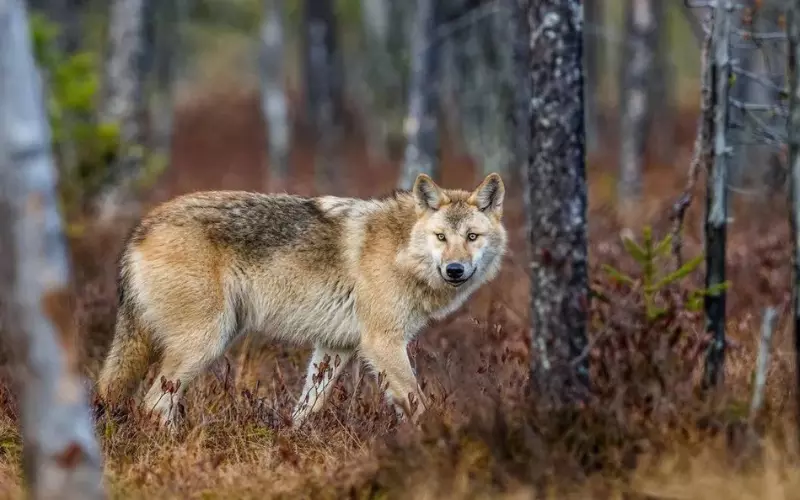
The wolf is found in many regions worldwide, although its population has significantly decreased in some places. In North America, wolves can be found in parts of the United States and Canada, particularly in habitats like forests, mountains, and tundra. They also dwell in various regions of Europe, such as Scandinavia, Russia, and Eastern Europe. In Asia, wolves can be seen in countries like Mongolia and parts of China. These magnificent creatures are adaptable and can survive in different climates, from cold and snowy areas to hot and dry regions.
However, there are also regions where wolves are not found. For example, in continents like South America and Australia, wolves are not native and do not inhabit these areas. The absence of wolves in these regions can be attributed to geographical and historical factors, such as the separation of landmasses and the evolutionary history of species. Additionally, some countries, such as New Zealand, have implemented strict regulations and quarantine measures to prevent the introduction of wolves and other non-native animals, further preventing their presence in these areas.
It is important to note that while wolves may not be found in certain regions, this does not mean they are not valuable or essential to the ecosystem. As top predators, wolves play a crucial role in maintaining a balanced and healthy environment by controlling populations of herbivores and preventing overgrazing. Efforts are being made to protect and reintroduce wolves in some areas where they have been extirpated or face extinction, recognizing their significance and contribution to the natural world.
Diet of Wolf’s
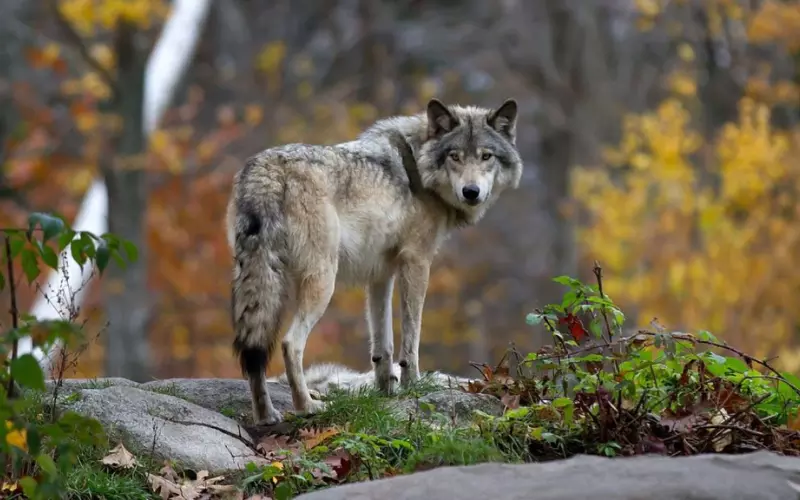
The diet of a wolf is exciting. Wolves are carnivorous animals. This means they mainly eat meat. They are skilled hunters and can take down large animals to feed themselves and their pack.
Wolves have a varied diet. Their main prey include deer, elk, moose, and bison. They also eat smaller animals like rabbits, rodents, and birds. Sometimes, when food is scarce, they will even eat insects or fruits. They are adaptable and can adjust their diet based on what is available in their environment.
Wolves are predators and hunt in packs. They work together to bring down their prey. Once they catch it, they eat the meat and share it with their pack mates. They have sharp teeth to tear into the meat and strong jaws to chew it. They also have a good sense of smell, which helps them find food. This allows them to survive and thrive in different habitats.
The diet of a wolf consists mainly of meat. They are skilled hunters that eat a variety of animals. They are well adapted to find and catch their prey, ensuring that they have enough food to survive. Wolves are amazing creatures that play an essential role in keeping ecosystems balanced.
Locomotion of Wolf’s
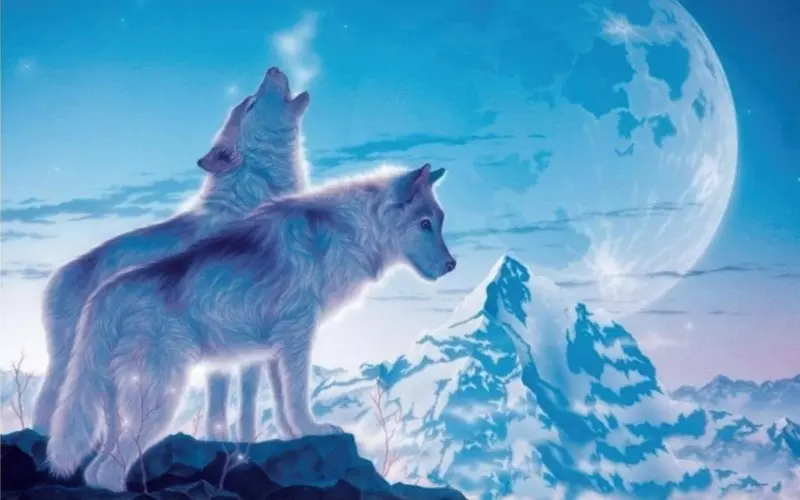
Wolves move around in a unique way called locomotion. They have four legs, which help them run and walk. Their legs are strong, and they can cover long distances for food and shelter.
A wolf moves one leg at a time when it wants to walk. It lifts its front leg and puts it down, then it lifts its back leg and puts it down. This movement allows them to move forward smoothly. When they want to run, wolves move all four legs simultaneously, making them go faster. They can run at a speed of up to 35 miles per hour! Wolves are great runners; their long legs help them jump over obstacles like rocks or fallen trees.
Wolves have a unique way of moving called locomotion. Their four strong legs allow them to walk and run, which helps them find food and shelter. Whether strolling or dashing, wolves use their legs to explore their surroundings and survive in the wild.
Social and Sexual Behaviour of Wolf’s
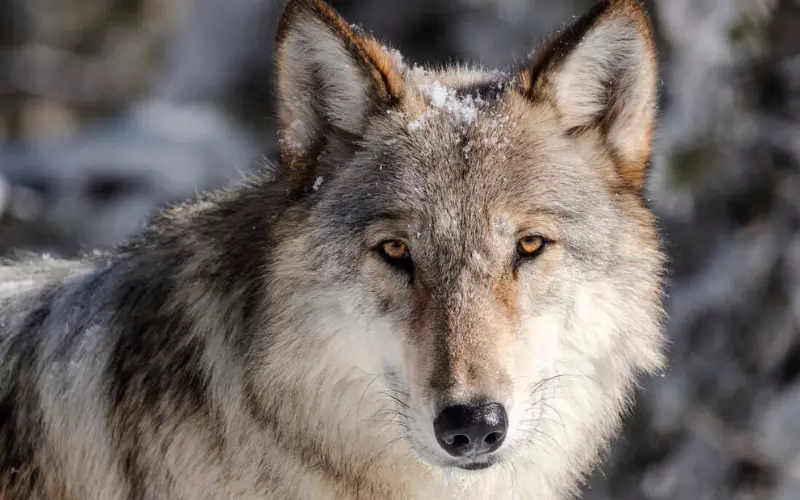
Wolves are remarkable creatures known for their complex social behaviour. They live in packs, like big wolf families, consisting of a dominant male and female, called the alpha pair, and their offspring. The pack has a strict hierarchy, with the alpha pair at the top. This hierarchy helps maintain order and cooperation among the wolves. The other pack members have specific roles and responsibilities, such as hunting, protecting the territory, and caring for the young.
Regarding reproduction, only the alpha male and female usually mate within a pack. They are monogamous, meaning they have only one mate for life. The alpha female gives birth to the pups, and the whole pack helps raise them. This cooperation ensures the survival and well-being of the young ones. As the pups grow, they learn essential skills from their parents and other pack members, preparing them for life in the wild.
Wolves rely on their strong social bonds and teamwork to thrive. Their hierarchical social structure and commitment to their pack demonstrate the importance of cooperation and unity. Through their monogamous mating system and collective care for their young, wolves highlight the significance of family and the shared responsibility for raising offspring. The behaviour of wolves teaches us valuable lessons about the importance of collaboration, support, and loyalty to maintain a healthy and prosperous society.
Reproduction and Lifecycle of Wolf’s
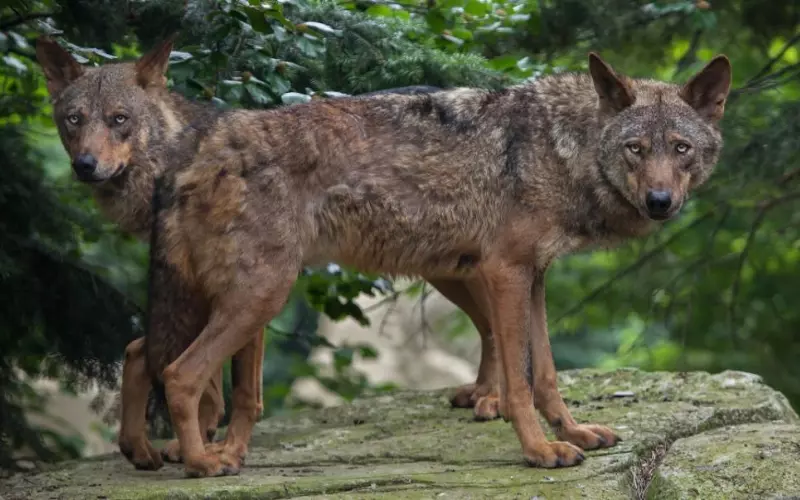
Wolves have a fascinating life cycle and reproduction process. They are mammals, just like humans, which means they give birth to live babies. The life cycle of a wolf begins when a male and female wolf come together to mate. This usually happens between January and March. After mating, the female wolf will be pregnant for about 63 days before giving birth to her tiny wolf pups.
Once the wolf pups are born, they depend entirely on their mother. The mother wolf takes care of them, providing them with warmth and milk. As the pups grow, they start to eat solid food, but they still rely on their mother’s care and protection. The mother wolf and other adult wolves in the pack work together to care for the young ones.
As the wolf pups age, they learn essential survival skills from their parents and other adult wolves in the pack. They are taught how to hunt for food, communicate with other wolves, and defend themselves. This period of learning and growing continues for about two years until the wolf pups reach adulthood.
Once the wolf pups reach adulthood, they are ready to start their own families and continue the life cycle. The process repeats as the adult wolves find a mate and have their pups. This is how wolves continue to exist throughout generations, with each new generation of pups growing up to become adults who care for the next generation.
Threats to Wolf’s

Like many other animals, wolves face various threats in their natural habitat. One of the biggest challenges is habitat loss. As human populations grow, more land is needed for agriculture, settlements, and infrastructure, which destroys wolf habitats. When their homes disappear, wolves are forced to search for food and shelter in new areas, increasing the risk of conflicts with humans and other animals.
Another threat to wolves is hunting and trapping. Some people see wolves as threatening their livestock or game animals and believe reducing their numbers is necessary. This has led to the hunting and trapping of wolves in many places. However, this can disrupt the ecosystem’s natural balance without proper management, as wolves play a vital role in controlling prey populations. Unregulated hunting can also push wolves to the brink of extinction in certain regions.
Lastly, the spread of diseases can have a devastating impact on wolf populations. Various diseases, including parasites, viruses, and bacterial infections, can affect Wolves. These diseases can cause a decline in the number of wolves, compromise their immune systems, and weaken the population’s overall health. Additionally, with climate change and the expansion of human activities, there is a greater risk of transmitting diseases between wolves and domestic animals, further endangering wolf populations.
Wolves face threats like habitat loss, hunting and trapping, and the spread of diseases. Protecting their habitats, implementing sustainable management practices, and monitoring their health are crucial steps towards ensuring the survival of these magnificent creatures. It is essential for humans to recognize the value of wolves in maintaining a balanced ecosystem and to work towards coexistence with these remarkable animals.
Conclusion
As we end our discussion on wolves, it is clear that these fascinating creatures have a long and rich history. Wolves are part of the animal kingdom and play a vital role in the ecosystem. They have been around for thousands of years and have existed alongside humans throughout history.
Wolves are known for their strong social structure and close-knit packs. They can be found in various habitats, including forests, grasslands, and Arctic tundras. Despite their reputation as fierce predators, wolves also play a crucial role in maintaining healthy populations of other animals by keeping herbivore numbers in check.
In terms of size, wolves are generally larger than most domesticated dogs, with males usually weighing between 70 and 130 pounds. Their classification as a species is Canis lupus, and they are closely related to other canines, such as dogs and foxes. Wolves are genuinely unique creatures that deserve our respect and protection for their essential role in maintaining the balance of nature.
FAQ’s
What is a wolf animal?
A wolf is a large canine native to Eurasia and North America, known for its social structure and hunting abilities.
What is the scientific name of a wolf?
The scientific name of a wolf is Canis lupus.
How long do wolves typically live?
In the wild, wolves have an average lifespan of 6 to 8 years, although they can live up to 13 years.
How big do wolves get?
Adult wolves can vary in size, but on average, they measure about 2 to 3 feet tall at the shoulder and have a length of around 4.5 to 6.5 feet, not including their tail.
Do wolves live in packs?
Yes, wolves typically live in packs led by an alpha male and an alpha female.
What do wolves eat?
Wolves are predatory animals that feed on large ungulates like deer, elk, and moose. They may also consume smaller mammals and occasionally scavenge for carrion.
How far can wolves travel in a day?
Wolves can travel great distances daily, covering up to 20 miles or more, depending on their hunting patterns.
Are wolves aggressive towards humans?
Wolves generally avoid contact with humans and are not typically aggressive towards them. However, they can become defensive if threatened or humans invade their territory.
Can wolves be domesticated?
Wolves are not easily domesticated as they have an instinctual wild nature and predatory solid instincts. However, some partial domestication has occurred with specific wolf breeds.
Are wolves endangered?
While the status of wolves varies across different regions, some wolf populations are considered endangered due to habitat loss, hunting, and conflict with humans.
How do wolves communicate?
Wolves communicate through vocalizations, such as howling, growling, barking, body postures, and scent marking.
What is the average size of a wolf pack?
The size of a wolf pack can vary but usually ranges from 4 to 7 individuals, although larger packs of up to 30 wolves have been observed.
Do wolves have any predators?
Wolves have few natural predators, but occasionally, they can be preyed upon by bears and other large carnivores.
Can wolves be found in different habitats?
Wolves are adaptable animals in various habitats, including forests, grasslands, tundras, and deserts.
What are the different subspecies of wolves?
There are many subspecies of wolves, such as the grey wolf, red wolf, Arctic wolf, and Ethiopian wolf.

Hi there! I’m Morgan Gutierrez, and I love animals! I work as a Seasonal Animal Care Specialist at Brookfield Zoo and also teach people about animals, which is super fun. I studied at Valparaiso University in Lockport, Illinois, where I learned even more about these amazing creatures.
I’m not just about taking care of animals; I write articles about them, too! I explore and share many interesting animal stories, from cute kittens to giant elephants.
In the past, I’ve worked with veterinarians, helped with research, and even been an Animal Ambassador, bringing animals closer to people. Animals are my passion, and I enjoy helping others learn about them. So, if you ever want to know about animals, feel free to ask. I’ll explain it in a way that’s easy to understand, just like talking to a friend!

